As urban populations continue to grow and climate change is impacting the world, cities are being challenged to rethink how they power themselves. It is no longer feasible to simply demand more energy and reduce carbon energy, both must be done. Smart grids and solar integration are the twin key technologies enabling this transformation. They are the enablers of sustainable cities.
Smart grids are essentially new and enhanced versions of the traditional electrical grid, which makes use of digital technology to create a way of communicating, automating, and responding to changes in electricity demand and supply. The old model of power delivery was essentially one-way; it simply delivered electricity from the plant to the home. Smart grids use two-way communication, which allows electricity and data to flow back and forth between utilities and consumers. This ability to “interact” with electricity changes the way energy is delivered and used, in the sense of reliability, efficiency and transparency.
Solar energy has transitioned from a possible alternative energy source to the mainstream. Thanks to advances in photovoltaic technology, and the support of governments, rooftop solar panels are everywhere in many urban areas. But generating solar energy is just the start. The next step is to intelligently integrate the generation into the grid–using it for more than single buildings but whole communities. In neighborhoods with solar panels on homes, offices, and public buildings, a neighborhood can act as a decoupled energy center.
The true breakthrough is when smart grids connect with solar power together. That connection opens up a lot of possibilities. Smart grids will tell us what a solar energy system can produce by predicting the weather and adjusting the transfer of electricity in real time. Home batteries and communal storage systems enable solar energy to be saved when demand is lower and used when demand is higher, which reduces waste and improves reliability for the grid load. Instead of only the option of energy production at centralized power stations and their associated losses and delays, energy is now produced and stored at home and the community more on an intermittent and distributed basis, enhancing resilience and reduced transmission loss.
This decentralized, smart network offers much more than cleaner energy-it’s a model of energy democracy. Buildings no longer exist as passive power consumers; they are real participants in the energy system. Anyone, from a single family to a high-rise multi-family residence, can engage in the grid, sell back excess energy, and store energy for later use. To have this kind of flexibility and participation is fundamental to building sustainable, people-centered cities.
Many cities around the globe are already paving the way. In Amsterdam, the “Smart City” initiative demonstrates how a combination of solar rooftops and smart meters can help to reduce waste and emissions. San Diego is helping to showcase how smart grid infrastructure can combine with widespread solar adoption, using its innovative solar programs to become one of the most sustainable cities in the US. Meanwhile, Tokyo continues to invest heavily in new energy systems supporting solar energy and advancing smart grid infrastructure as part of a long-term goal to achieve carbon neutrality.
Despite all we’ve accomplished, challenges still exist. We can be hindered by high upfront costs, existing infrastructure, regulatory barriers and the need for strategic planning to build up large amounts of solar power without destabilizing the grid, as well as cybersecurity and data privacy as more and more devices connect to the grid. But these challenges are not impossible to overcome. By putting together a winning combination of policy support, private sector creativity and community engagement, we can enable this transition to happen quickly and efficiently.
The combination of smart grids and solar energy is not simply a technology change into the future, it is a complete rethinking of the operation of cities. As technology and costs continue to fall, cities will continue to become more independent, smart, and resilient. Power will not only come from a large plant in a faraway location, but from rooftops, garages, and shared community installations, all connected together through flexible networks.
Clean energy will be local, smart, and shared in the cities of tomorrow. Everyone will be a consumer and a participant in making the next steps toward the journey for a sustainable future.
The views and opinions expressed in this article are the author’s own, and do not necessarily reflect those held by pv magazine.
This content is protected by copyright and may not be reused. If you want to cooperate with us and would like to reuse some of our content, please contact: editors@pv-magazine.com.

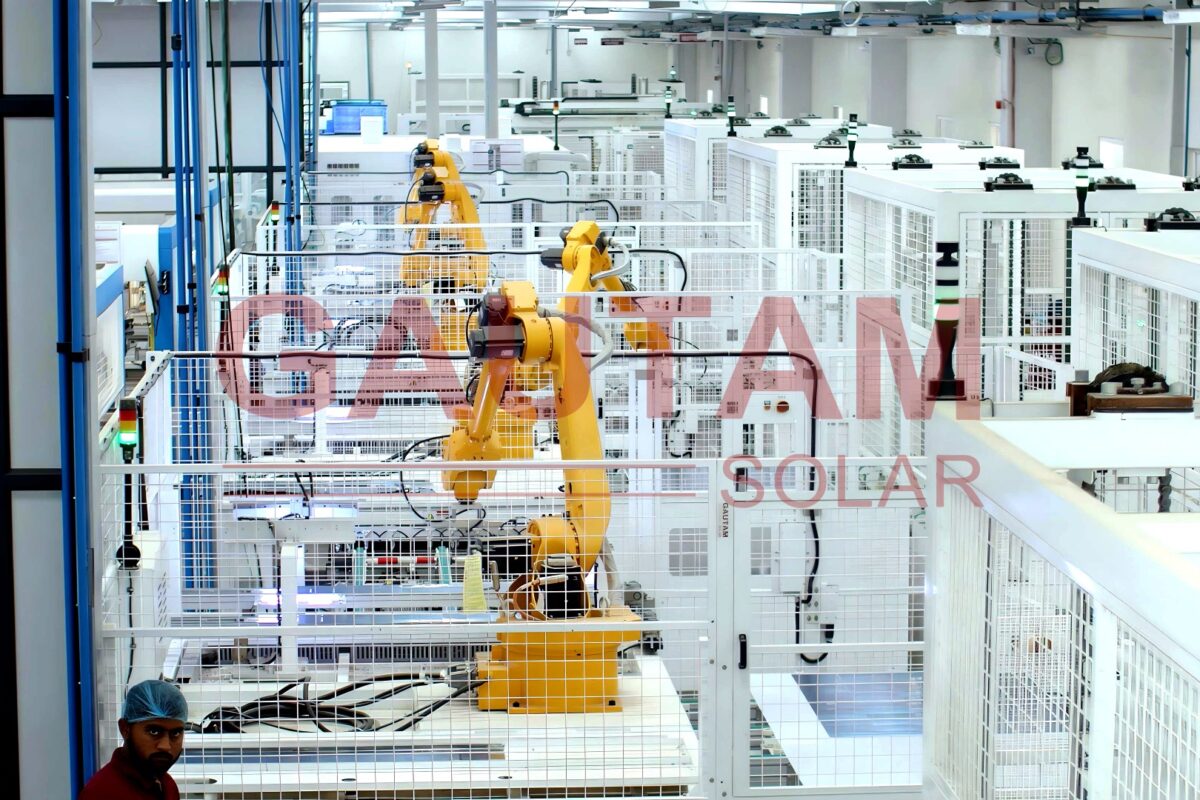


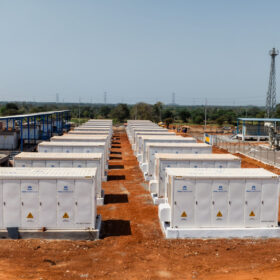
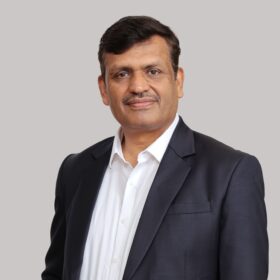
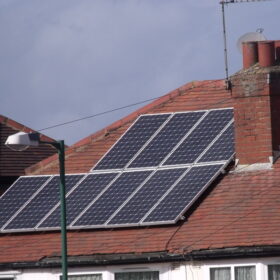
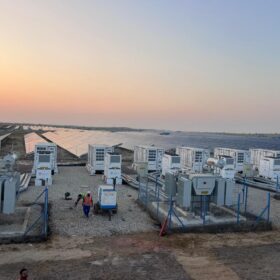
By submitting this form you agree to pv magazine using your data for the purposes of publishing your comment.
Your personal data will only be disclosed or otherwise transmitted to third parties for the purposes of spam filtering or if this is necessary for technical maintenance of the website. Any other transfer to third parties will not take place unless this is justified on the basis of applicable data protection regulations or if pv magazine is legally obliged to do so.
You may revoke this consent at any time with effect for the future, in which case your personal data will be deleted immediately. Otherwise, your data will be deleted if pv magazine has processed your request or the purpose of data storage is fulfilled.
Further information on data privacy can be found in our Data Protection Policy.